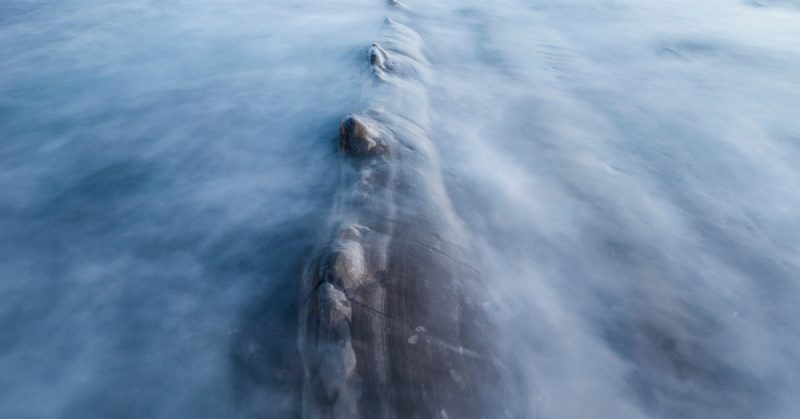All throughout naval history, there have tales of mysterious monsters and other such oddities reaching out from the watery abyss to claim ships and sailors alike, and naturally, these are a testament to the boredom and creative ingenuity of the sailor caste.
One would also expect these stories to fall away into history the closer our species gets to modernity, but they don’t. In fact, Scottish engineers have recently discovered the remains of a World War I German submarine while laying an undersea power line. There are experts who believe that it is none other than UB-85, a German U-boat which the crew claimed was attacked and sunk by a sea monster.
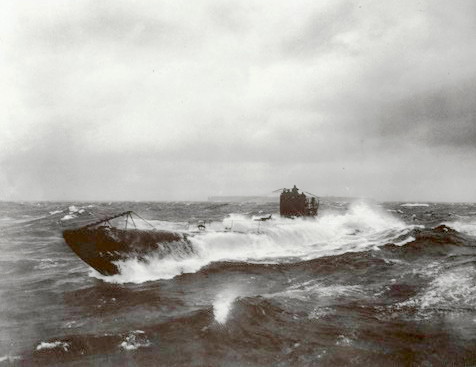
It’s a fairly common story and often repeated through the years, but one particular historian doesn’t believe it. He says there’s a common thread to the story that matches those told in the 1920’s, and the likely cause pertains to the facts of the war. Innes McCartney, historian and marine archaeologist at Bournemouth University, puts the blame squarely in the lap of journalists for the story’s continual spread.
On April 30th, 1918, Captain Günther Krech and his crew were captured by the British warship HMS Coreopsis, and under questioning, he swore that his submarine was incapable of diving due to damage sustained during an attack from a beast from the deeps.
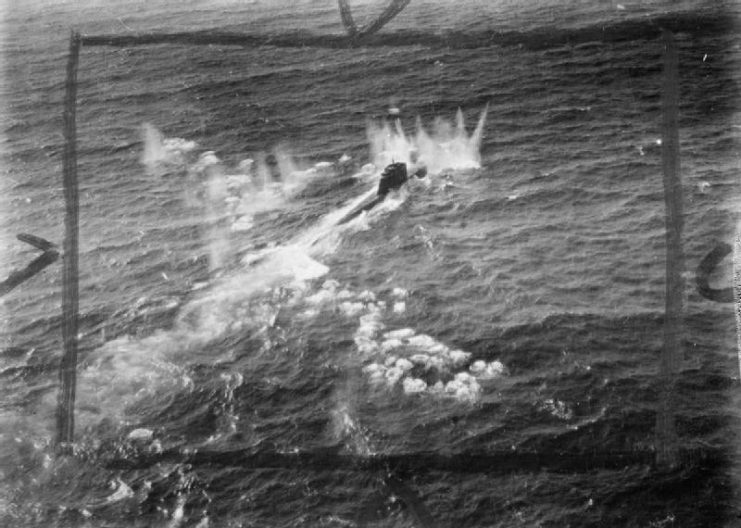
The monster had horns, small deep-set eyes, and masses of monstrous teeth. The mass of the creature caused the ship to tilt over when it climbed upon its side. It then proceeded to launch a vicious attack on the forward gun, biting large chunks out of it. Ultimately, the crew was forced to abandon ship, scuttle it, and surrender to the British.
Located off the coast of Stranraer in South-West Scotland, and 104 meters underwater, Scottish Power was working on the underwater power cable called the Western Link that will be the longest in the world at 239 miles (385 km) upon completion when they discovered it.
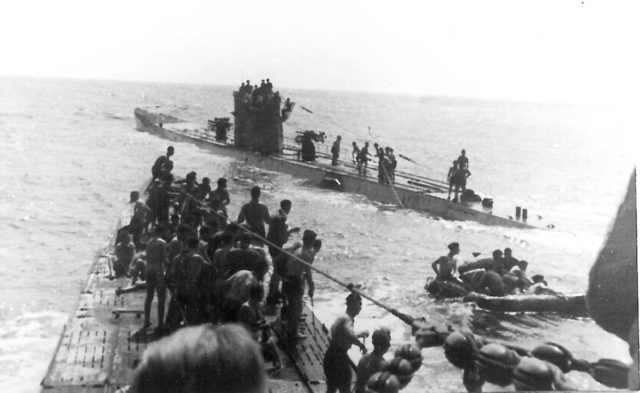
McCartney says that the sonar scans match the UB-85, but could easily be those of her sister ship, the UB-22, which lies halfway between each shipwreck. The only way to tell for sure would be to somehow read the numbers painted on the ships, and McCartney states that he couldn’t find anyone interested enough in diving down there to provide verification.
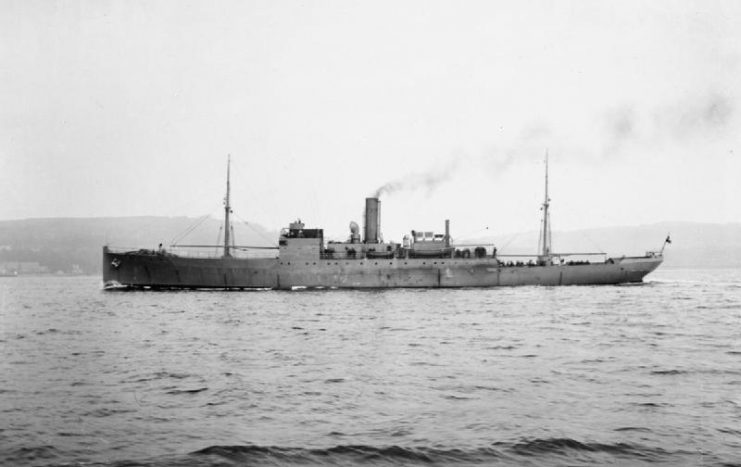
Captain Krech’s sea-monster attack story isn’t the only one by far, but the records were sealed after the completion of the war. People involved with British intelligence wanted to share their experiences at sea, but couldn’t possibly tell the real and true events of what happened.
Yet, McCartney remains sanguine about the notion of sea monster attacks. He believes that the only true seaborne threats during the first world war were the submarines themselves. However, Gary Campbell, who runs the Official Sightings Record for the Loch Ness Monster believes that an actual monster did indeed attack the U-boat, according to The Guardian.
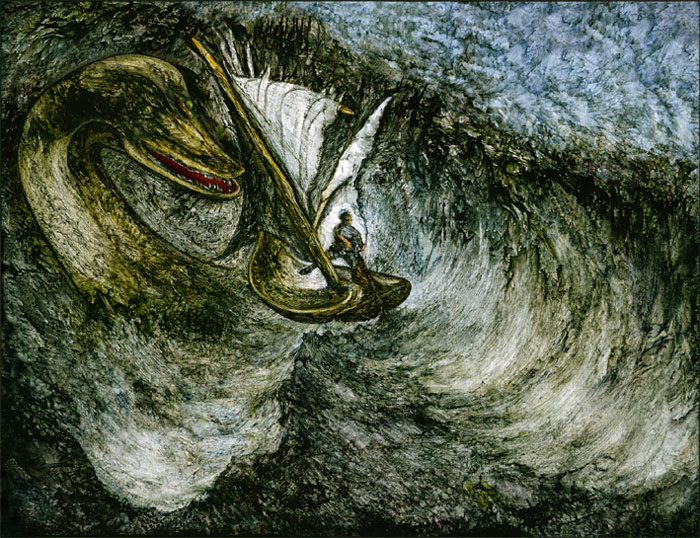
“The area of sea where the attack took place has a history of sea monster sightings – they have ranged from the north coast of Wales to Liverpool Bay,” he said. “What the German captain said could well be true. It’s great to see how Nessie’s saltwater cousin clearly got involved in helping with the war effort – she even managed to do the damage without anyone being killed.”
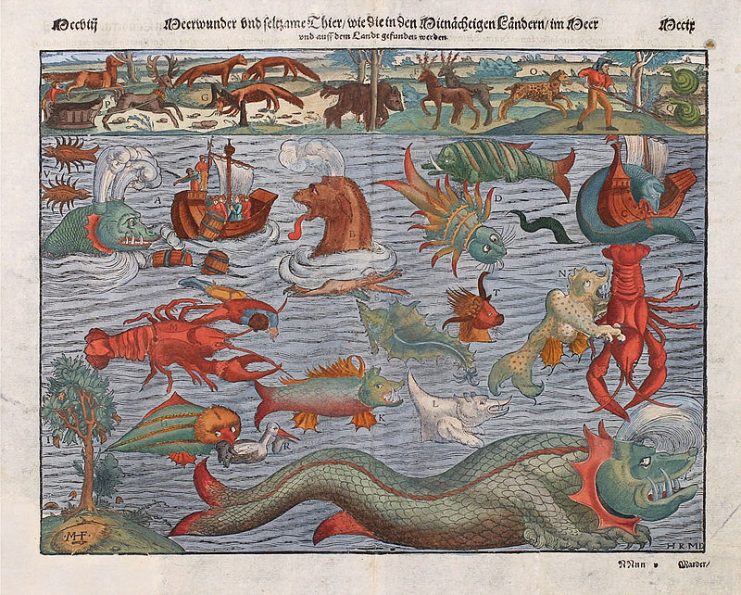
Peter Roper of Scottish Power leans heavily towards the particulars of McCartney’s story over Campbell’s, believing perhaps that the sea-monster attack story is a fanciful fabrication intended to cover up the much more banal circumstance of simply being captured by the British due to either incompetence or circumstance.
Read another story from us: German U-Boats and Ending the “Filibuster” in Congress
For all of that, though, he is rather pleased to not have experienced any issues with sea monsters during the Western Link project at hand.
